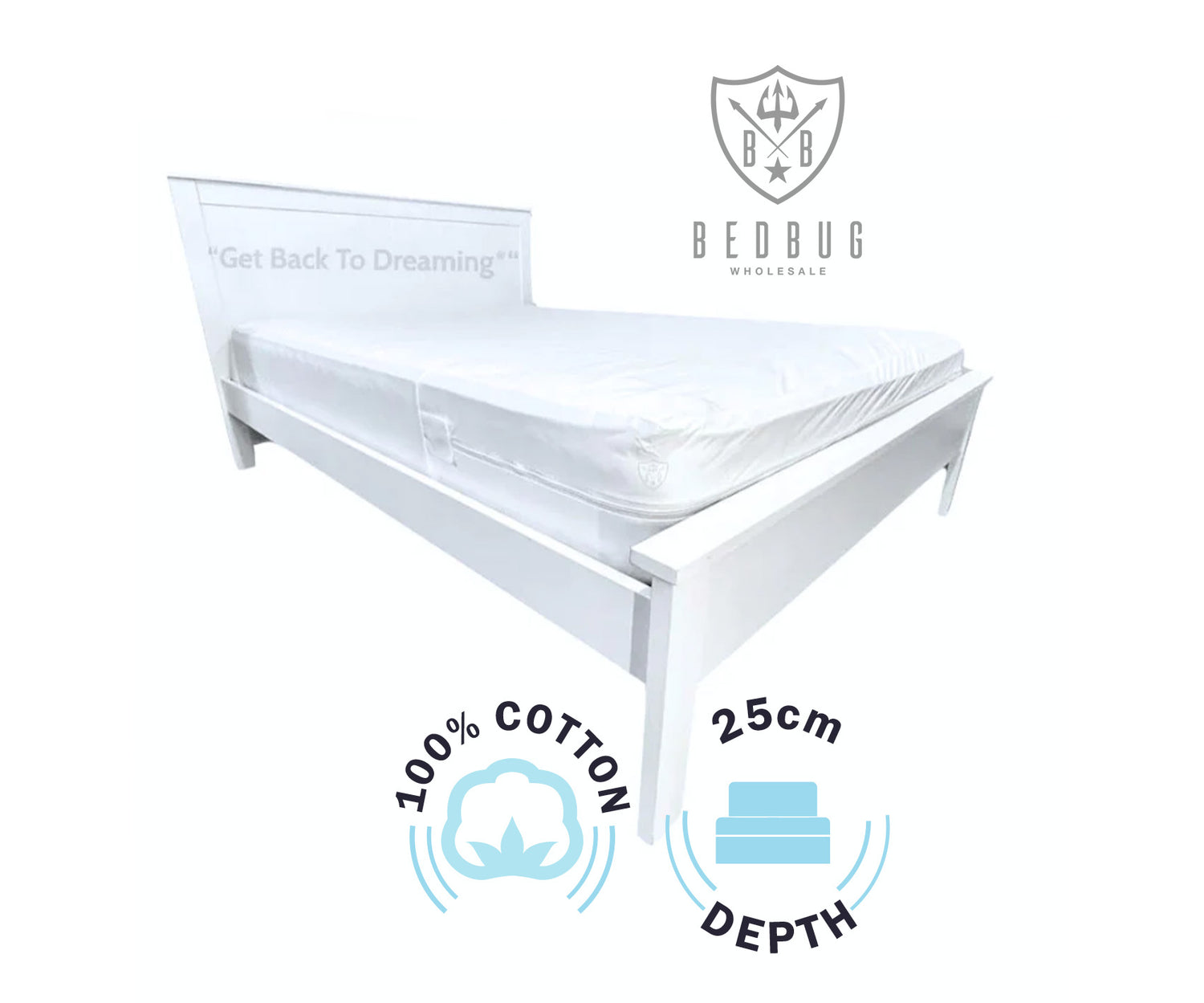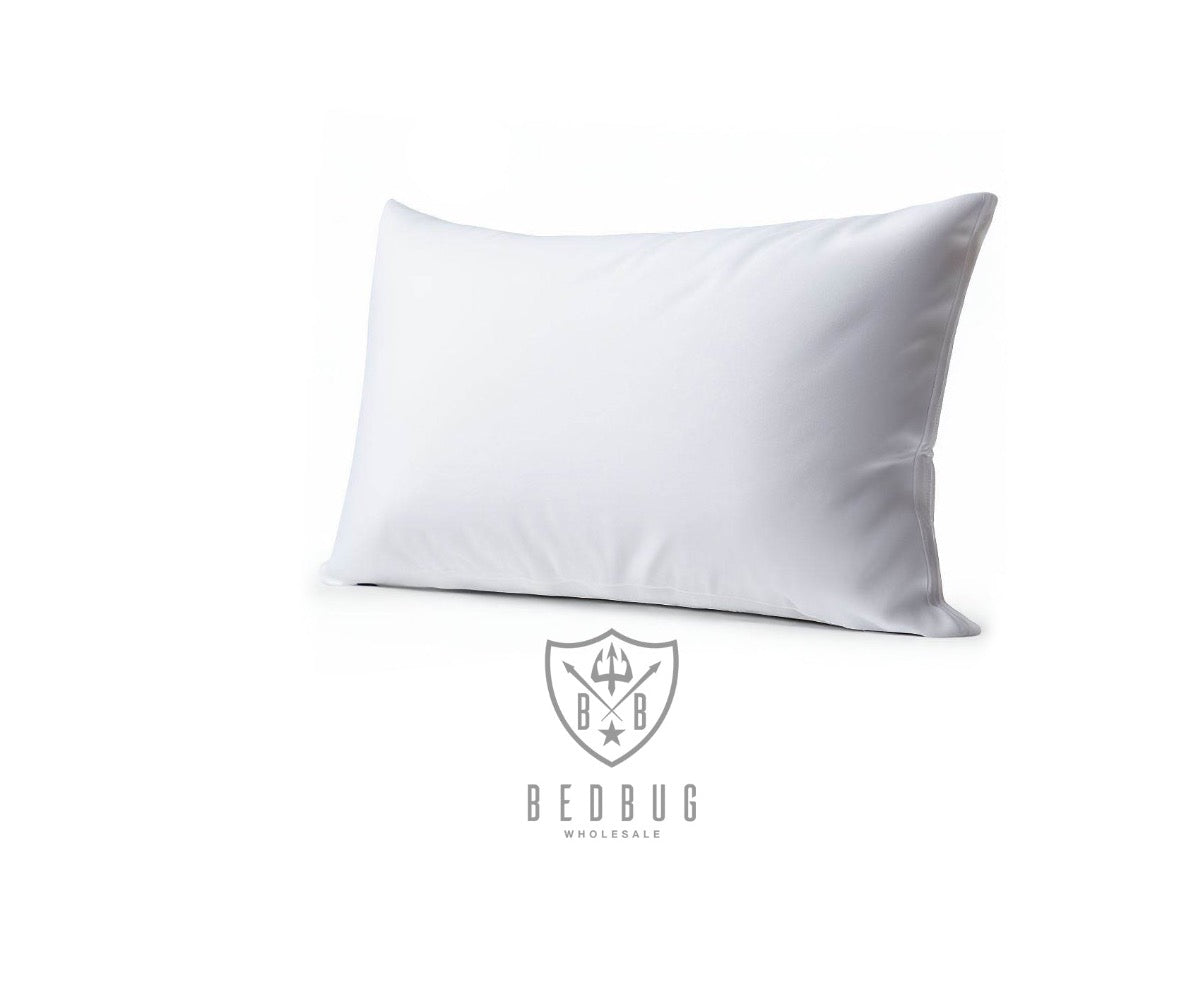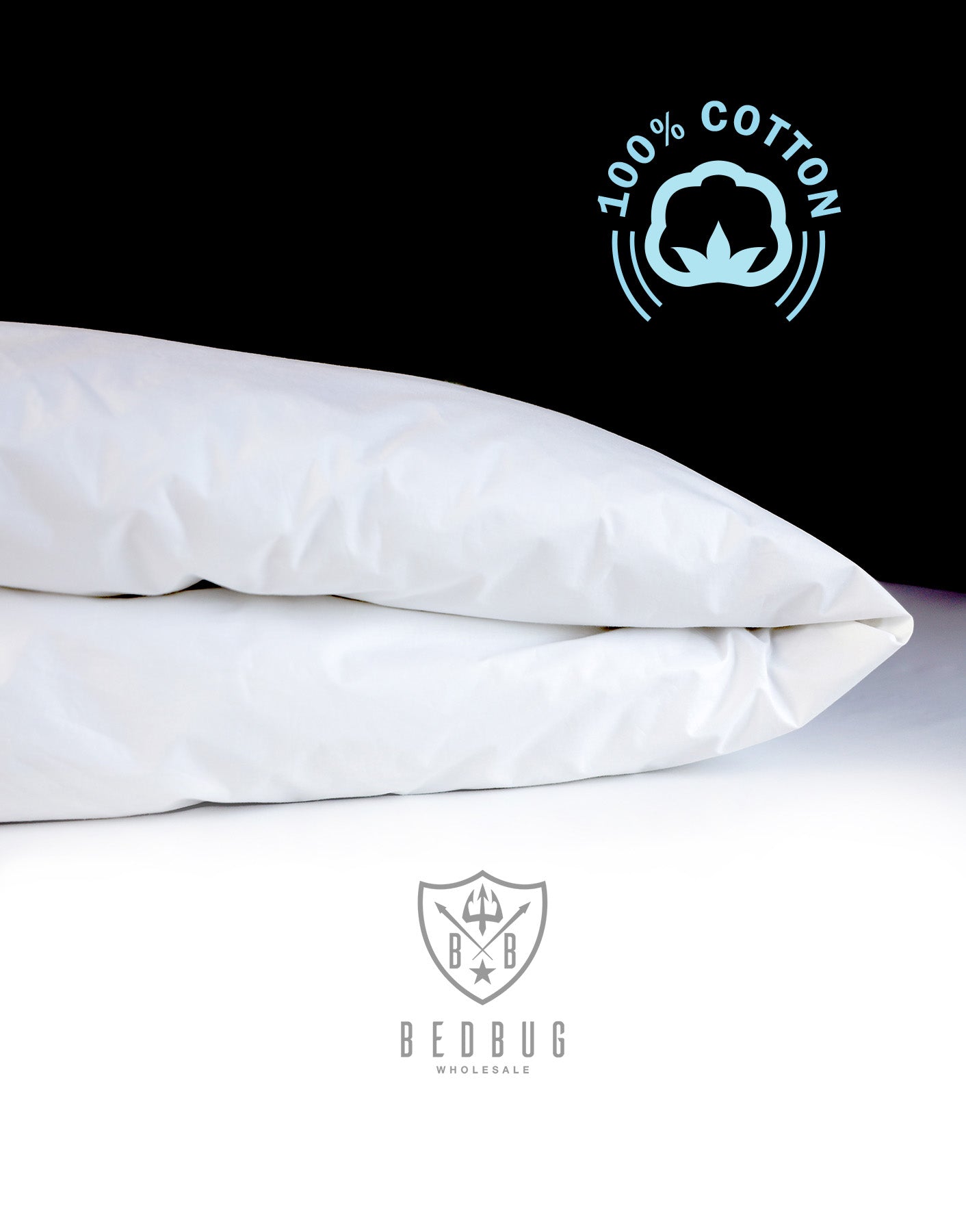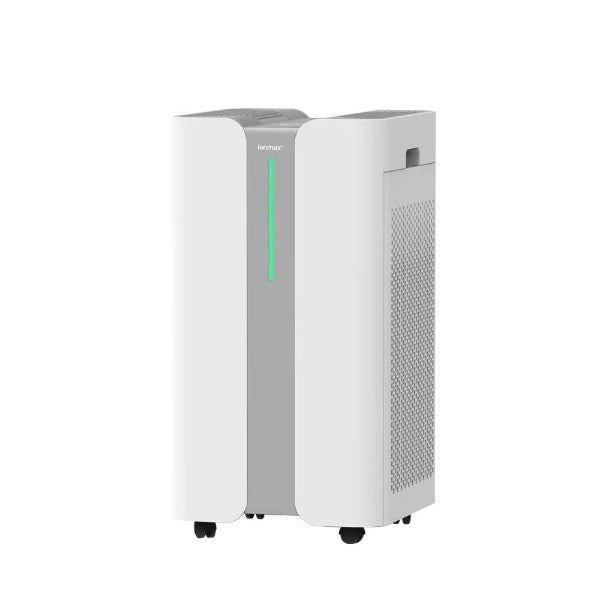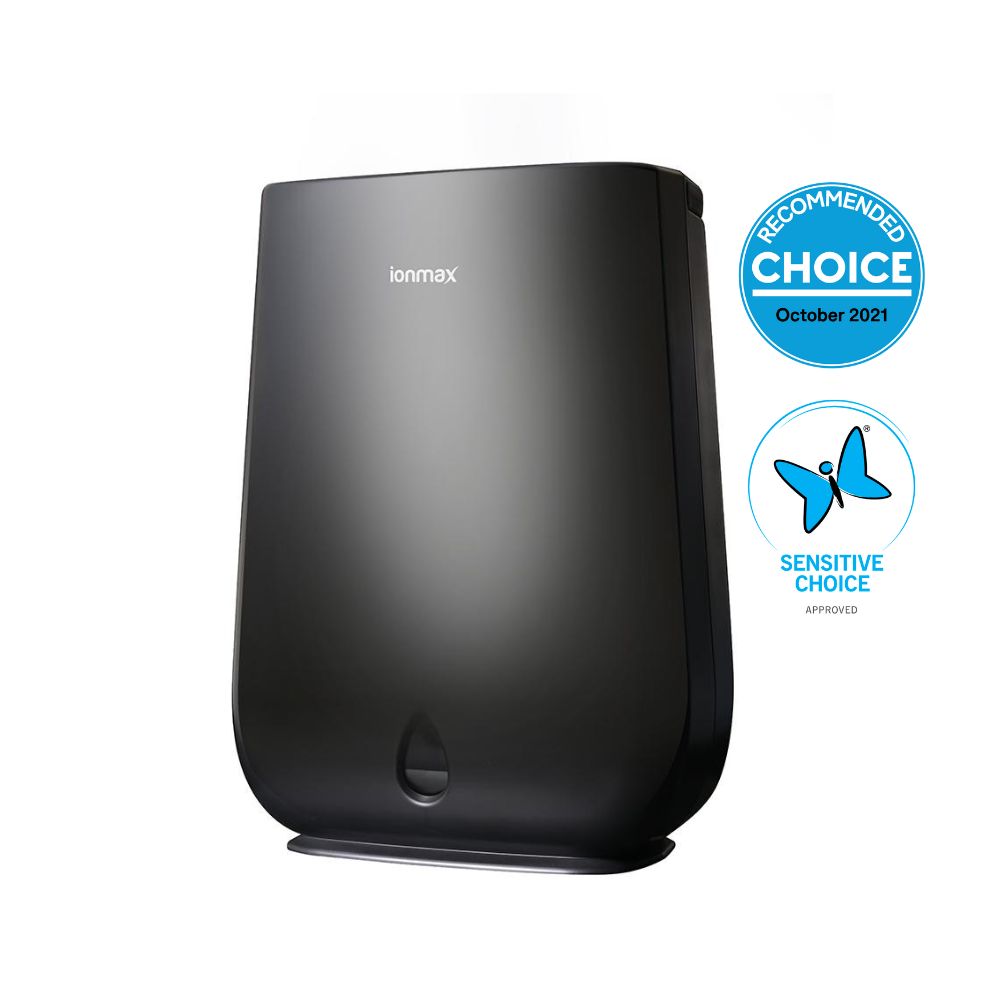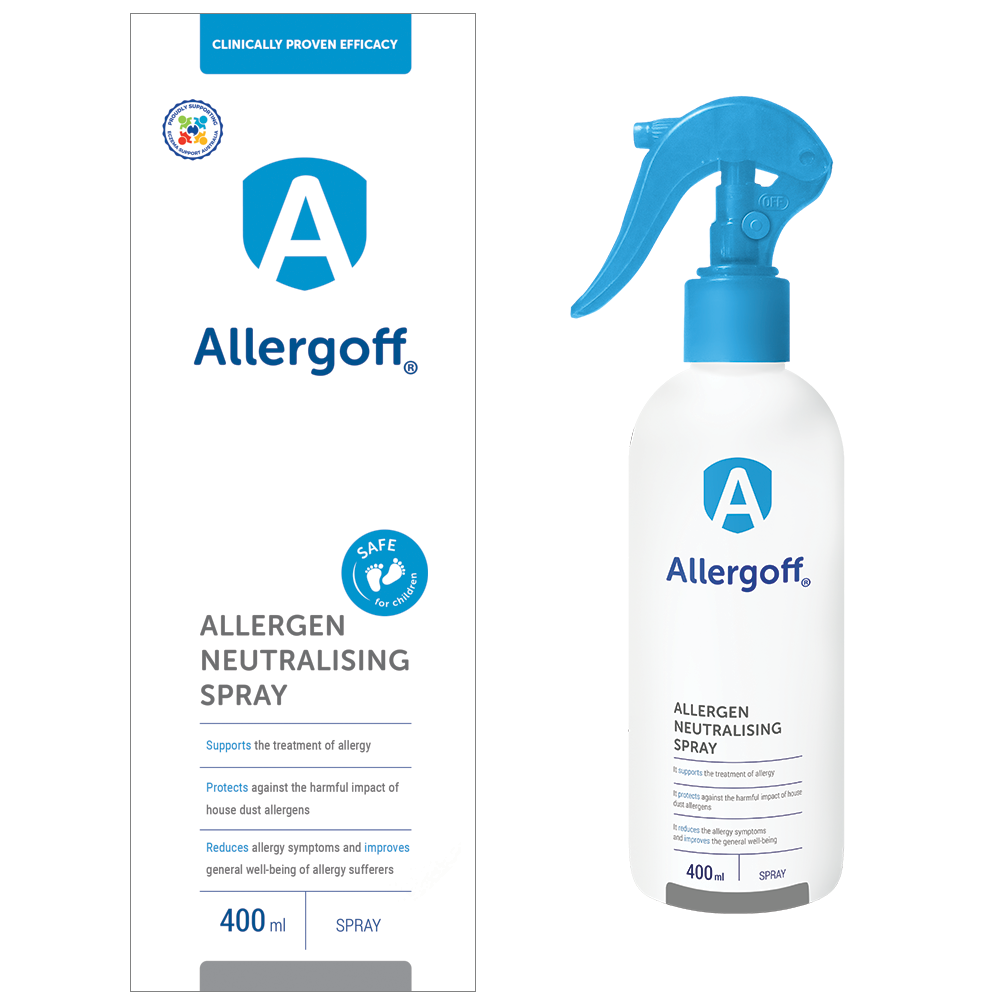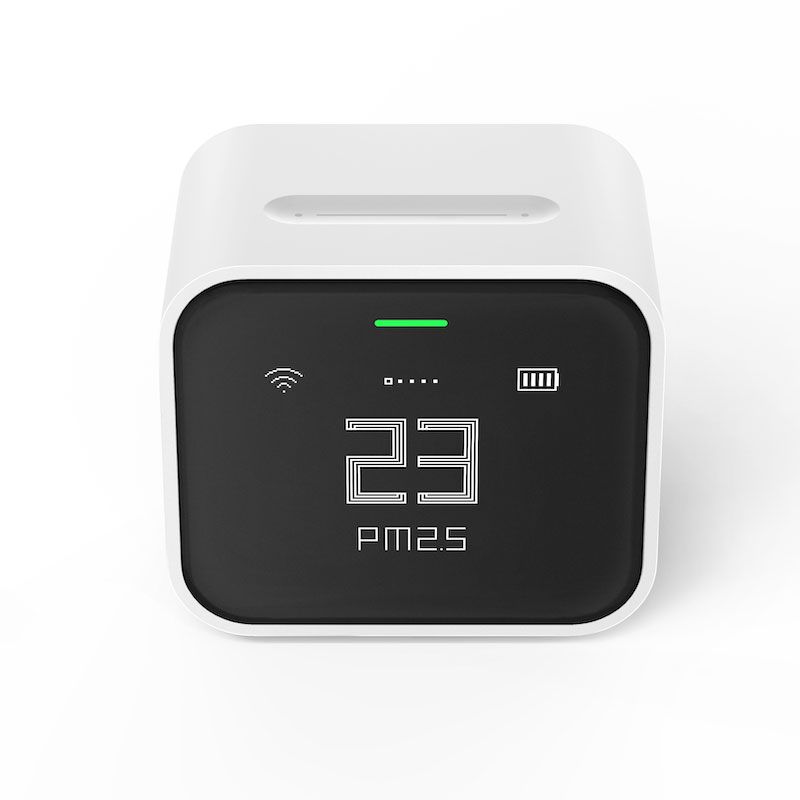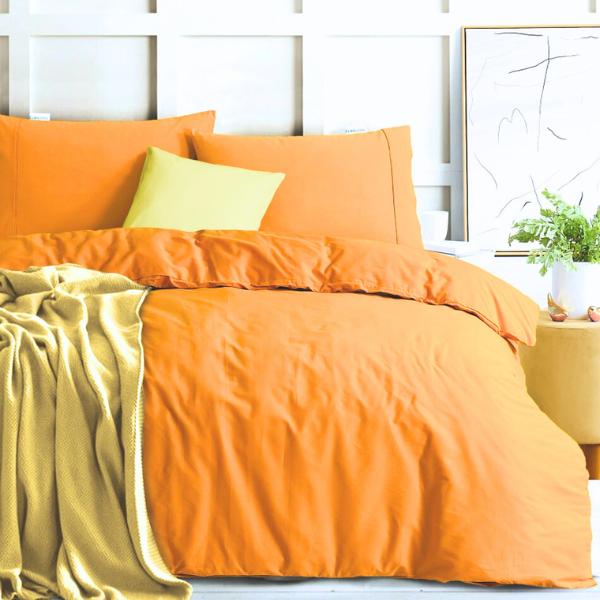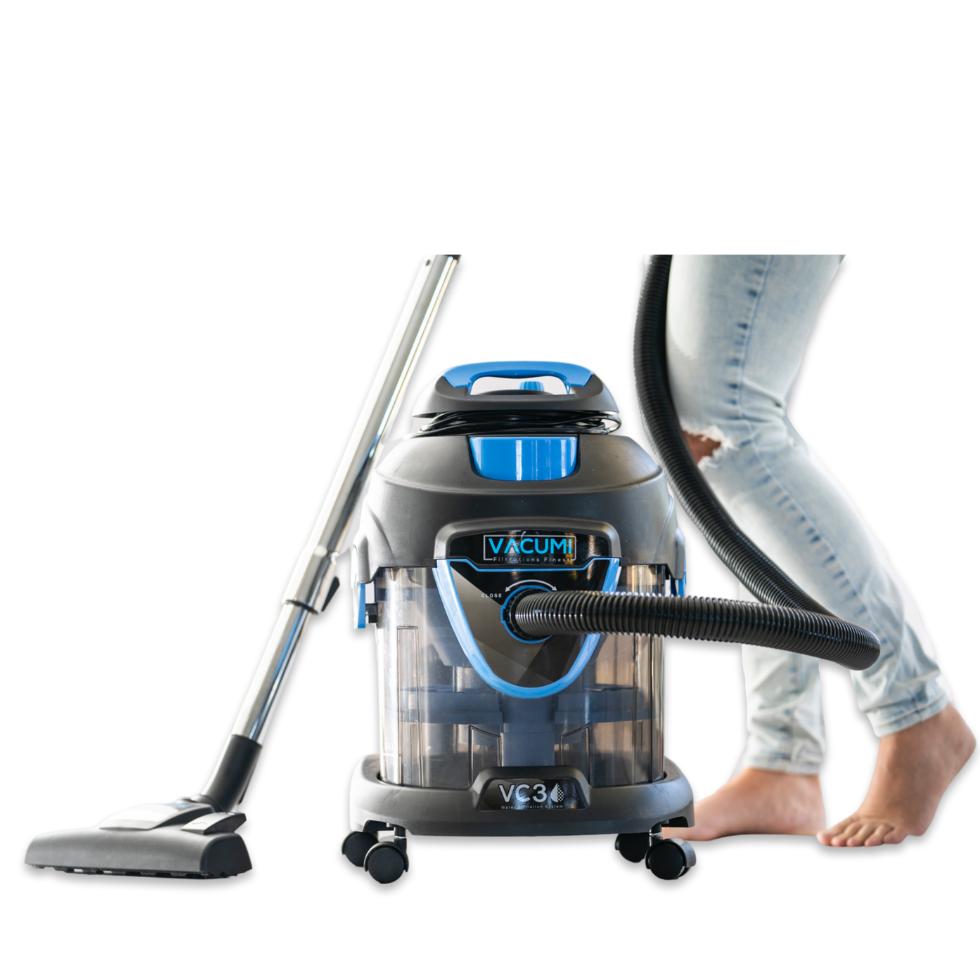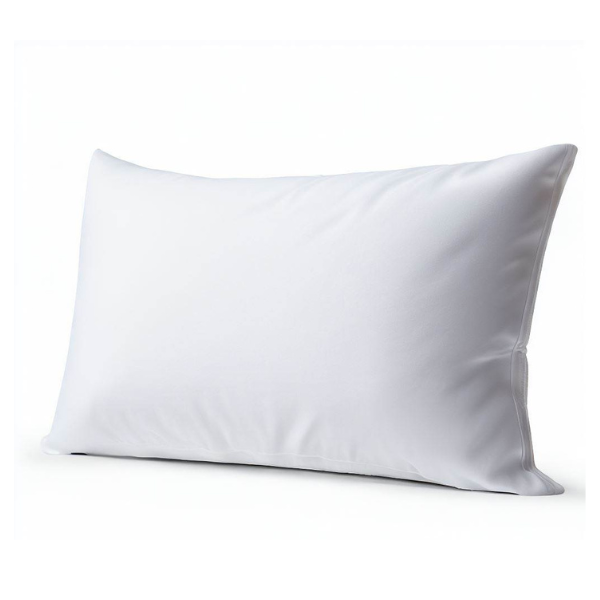Do Dust Mites Live in Duvets?
Along with other common household bedding items like pillows, mattresses, carpets and soft furniture, duvets (or quilts/doonas) can harbour dust mites. The warm, moist, and food-rich environment provided by duvets—thanks to the skin cells humans shed during sleep—creates an ideal environment for dust mites.
How to Know if You Have Dust Mites in Your Duvet
Identifying dust mites in your duvet is tricky due to their tiny size. You might be dealing with dust mites in your bed if you notice an increase in allergy symptoms after spending time in bed like sneezing, runny nose, itchy eyes, or asthma, itchy skin or rashes after spending time in bed may also suggest the presence of dust mites.
Read our guide on how to minimise mites in bed.
How Do Dust Mite Duvet Covers Work?
These covers effectively encase your duvet, creating a protective seal that prevents allergens from entering or escaping. Good quality covers will offer a zipper that offers added protection and ease of maintenance.
Dust mite duvet covers eliminate the need for frequent washing of the duvet itself, which can be a daunting and often impractical task due to its size and bulk.
Maintenance is as simple as removing the cover, washing it in hot water, and then placing your doona back inside. The life of your doona will be extended and it will be protected from dust and allergens.
Do Duvet Covers Help with Allergies?
Duvet covers are designed to create a barrier between you and common allergens, such as dust mites, pet dander, pollen, and mould spores, that can reside within your bedding.
The effectiveness of dust mite doona covers largely depends on the quality of the cover, your specific allergies, and whether you're employing additional allergen-reducing strategies.
While covers for quilts, mattresses and pillows can help reduce exposure to allergens, they might not completely eliminate symptoms for everyone. Some individuals are more sensitive to allergens and might require a combination of strategies, such as regular cleaning, maintaining optimal humidity levels, and using air purifiers, to achieve the best results.
Read more about how to get rid of dust mites in your home.
Are Dust Mite Doona Covers Available in Australia?
Yes, dust mite doona covers are available in Australia. You can find dust mite doona covers in various sizes and materials to suit different preferences and needs.
What Are Standard Dust Mite Cover Sizes in Australia?
Duvet sizes and dimensions:- Single Duvet: 140cm x 210cm
- Double Duvet: 180cm x 210cm
- Queen Duvet: 210cm x 210cm
- King Duvet: 245cm x 210cm
- Super King Duvet: 270cm x 240cm
How Do You Get Dust Mites Out of a Duvet?
-
Hot Wash: Launder the duvet in hot water (55-60°C or 130-140°F) to kill dust mites.
-
Dry Thoroughly: Use a high heat setting in the dryer, if the duvet's care label permits, to get rid of any lingering mites.
-
Protective Covers: Invest in a tightly woven, zippered dust mite duvet cover for your duvet to block mites from entering or escaping.
-
Deep Freeze: For items you can't wash, a 24-hour freeze can kill mites, but this is less practical for large items like duvets.
-
Clean Regularly: Vacuum and dust your sleeping area frequently and keep humidity low to stop mite infestations.
-
Sun and Air: Occasionally air out the duvet in sunlight to reduce moisture and make it less inviting for mites.

How to Wash Dust Mite Doona Covers?
To clean dust mite duvet covers, wash them at a temperature up to 60 degrees Celsius. For drying, opt for a warm tumble dry setting, as the sustained heat will help ensure the elimination of dust mites. Regular laundry detergent is adequate for thoroughly cleaning these covers.
What kills dust mites in the washing machine?
Washing items in hot water, at temperatures of at least 55 to 60 degrees Celsius (130 to 140 degrees Fahrenheit), is effective in killing dust mites in the washing machine. The high temperature of the water disrupts the mites' cellular structures, leading to their death.


